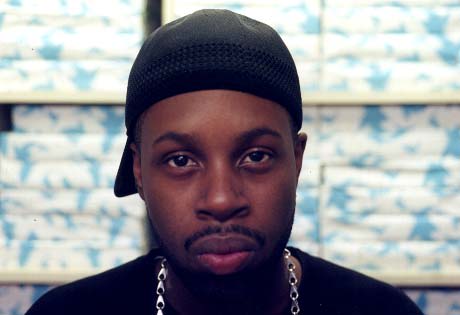The death of revered producer J Dilla this past February at the age of 32 is still reverberating. As a producers producer, J Dillas influence is incalculable and will continue to be reflected in the sound of hip-hop. The Shining represents his final full-length work (an EP Jay Love Japan is also scheduled to be released) and gathers many of the influential beatmakers close collaborators and friends. Completed after his death by fellow Motor City native and noted producer/jazz musician Karriem Riggins, The Shining finds J Dillas ever-changing and versatile production style in a soulful, reflective mood. While Busta Rhymes grating intro over a kazoo beat and Detroit MC Guilty Simpson provide some grit to the proceedings, it rarely overtakes the communal vibe of this record. The warmth doesnt appear to be accidental as the word "love appears in the title of four of the albums 12 tracks. The most striking of these is Pharoahe Monchs "Love. His sing-song flow rides smoothly atop a break akin to a blaxploitation score. Former roommate Common rides one of Dillas patented electro outings on the futuristic "E=Mc2. Even DAngelo, whose appearances are rare these days shows up to croon on "So Far To Go. Its hard to determine where J Dilla his sound and influence would have gone after this record, because much like his career, The Shining covers a lot of sonic territory, but its completion is an unwitting footnote and affecting celebration of his sound and his influence.
How did it feel to know that you had been chosen to finish this record? Riggins: It was a little overwhelming at first because Jay was really sick and the last message I got from him was "Riem we gotta finish this album like yesterday and this was like two and a half months before he passed away. So Im thinking hes getting better and Im preparing myself. I left him a message like "Cmon, lets go like "Whenever youre ready Im here for you. So that was already planned, its kinda deep. It was really natural, it wasnt like I had to come in and change a whole bunch of stuff. The vision was there, he already knew what he wanted.
What do you think he was trying to achieve on this record? I think he was trying to let the listener know that music is bigger than machines. Its known that he used an MPC and he was a genius at working that machine, which he knew it inside and out. But there was live instrumentation. He got on the keys, he played the guitar and a lot of different instruments. He was proving his versatility as a musician and not just a producer.
Was the fact that there is no acknowledgement of Dillas death on the record intentional? Hes still here. Its kinda hard so I think thats how he would want it. I dont think he would want a lot of, "Hes gone, hes gone. I think that was what was needed.
(BBE)How did it feel to know that you had been chosen to finish this record? Riggins: It was a little overwhelming at first because Jay was really sick and the last message I got from him was "Riem we gotta finish this album like yesterday and this was like two and a half months before he passed away. So Im thinking hes getting better and Im preparing myself. I left him a message like "Cmon, lets go like "Whenever youre ready Im here for you. So that was already planned, its kinda deep. It was really natural, it wasnt like I had to come in and change a whole bunch of stuff. The vision was there, he already knew what he wanted.
What do you think he was trying to achieve on this record? I think he was trying to let the listener know that music is bigger than machines. Its known that he used an MPC and he was a genius at working that machine, which he knew it inside and out. But there was live instrumentation. He got on the keys, he played the guitar and a lot of different instruments. He was proving his versatility as a musician and not just a producer.
Was the fact that there is no acknowledgement of Dillas death on the record intentional? Hes still here. Its kinda hard so I think thats how he would want it. I dont think he would want a lot of, "Hes gone, hes gone. I think that was what was needed.
